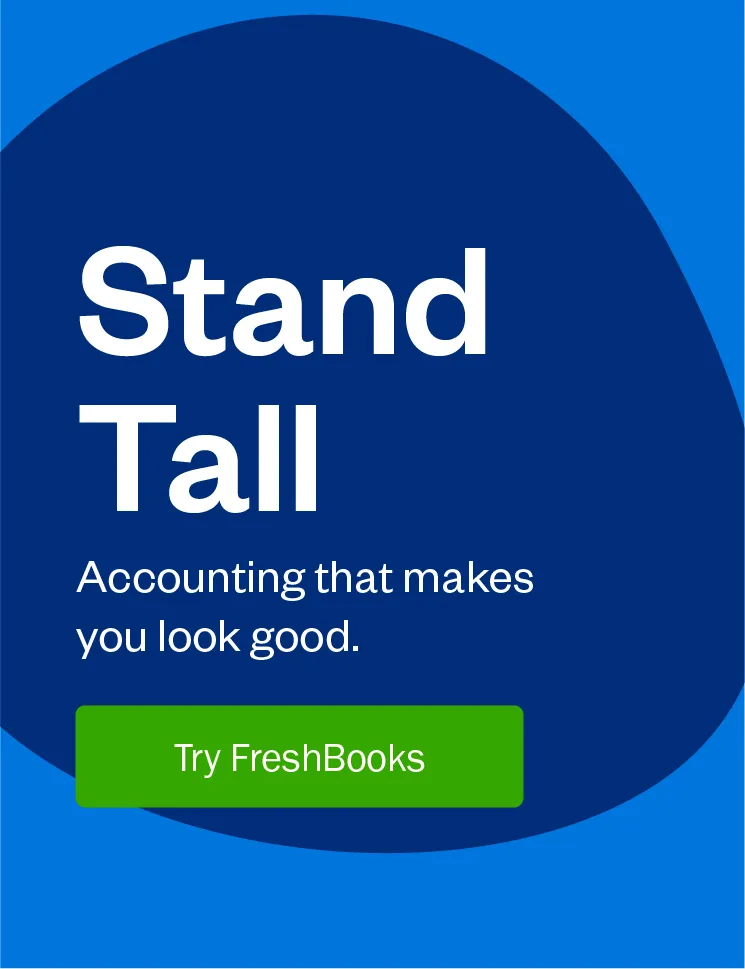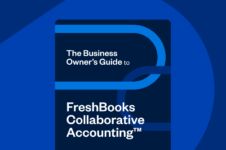The 24-hour news cycle. Social media. Kids. Pets. Housework. Internet rabbit holes. Errands. What’s your worst workday distraction? How could you increase productivity?

One of the defining characteristics of thriving small business owners is their ability to set their own productivity pace. It’s a hidden skill that you won’t understand until you find yourself alone with your computer, your deadlines…and the itch to check Twitter or email just one more time before you get down to business.
Most entrepreneurs will confess they had to learn the hard way that shutting out distractions and staying focused is as fundamental to their success as producing high-quality work. We asked our panel of successful small business owners how they make productivity work. The result? 5 hacks you’re going to want to steal.
Table of Contents
Make a Manageable To-Do List–and Stick to It No Matter What
Andrew Campbell, workshop trainer and agricultural speaker, says he commits to his to-do list 100% every day. “I set down what I want to accomplish and by when…for me, it doesn’t matter whether that list gets done at 8am or 10pm, as long as it gets done. I’ll let myself get distracted when there is time, and glue myself to the office when there isn’t.”
Freelance writer and journalist Stacey Stein takes the same approach. “When it comes to staying focused, I find that the days are more likely to be productive if I set out a task list beforehand—that way I’m making a commitment to complete a certain number of items by day’s end, so it makes it easier to stay on track.”
Sounds simple enough, but the quality of that to-do list is the key. Ambition and optimism are great—until you feel beaten down by consistently failing to complete everything you intended to get to.
Here’s a two-step process to combat an unrealistic to-do list:
1. Use the ABCDE Method
Take that monster list and prioritize each item by:
A. Tasks that can be done within the next day or so to avoid consequences
B. Tasks that should be done but aren’t as time-sensitive
C. Tasks that would be nice to finish, but aren’t urgent
D. Tasks that can be delegated
E. Tasks that can be eliminated
2. Pick One Big Thing (or Two Small Things) to Accomplish Each Day
On Tuesday, you might want to conduct three client meetings, write a proposal for a new project, send all monthly invoices, brainstorm your next marketing campaign and find a sub-contractor for an upcoming job, but it’s probably not possible.
Instead, set yourself up for success by tackling one or two items. It’s realistic, it’s manageable and you’ll have the satisfaction of crossing them off the list and moving on instead of pushing them to tomorrow’s list—and invariably bumping an item there.
Ditch Social Media During Working Hours
For many small business owners, social media is just part of the job. Posting photos to Instagram is a great way to showcase your work. Scanning Twitter for customer comments and complaints and answering in a timely manner is good customer service. Connecting with potential new clients on LinkedIn is a smart way to get new business.
But it’s never that easy, is it? We hop on social media for the right reasons, but we invariably stay for all the wrong ones. Stein says she discovered a simple solution to the common problem. “I used to find myself getting lost in the Twitter rabbit hole—so many interesting stories to read. I ended up deleting the app from my phone and boom—distraction gone!” she said.
If you can’t avoid distracting platforms because they’re integral to your project work, it’s helpful to set boundaries around your time on social media. Before logging on, jot down your purpose, what you intend to achieve and how long you think your mission will take. Then set a timer. If you’re not finished when it goes off, reset your mission. You might also promise yourself 15 minutes of “free time” on social media at lunch or at the end of the day so you’ll know you’re not missing out entirely.
Keeping an eye on personal social media consumption, email and text messages during the workday is critical. As graphic designer Joshua Speers points out, the quick rush of pleasure is not worth it. “The beginning stages of running your business are so crucial, why would you risk spoiling all of the good that can come in your business by a text from a friend when you’re working?”
Use Productivity Tools
Thanks to the proliferation of online tools and apps, you can increase your productivity by a huge degree with the right help. Whether it’s finding the perfect backdrop sounds to get your mojo flowing, taking control of your overflowing inbox, understanding exactly how you spend your time or empowering your clients to self-book appointments with you, there are countless options to help you make the most of your time.
Freelance writer Jennifer Matthews says she clears the deck at crunch time. “For me, it’s all about deadlines. If I have one, I’m focused because I have to be—I never miss a deadline. Internet rabbit holes can be very bad things, though, so when I’m under the gun I typically turn off email and any notifications, and use a Pomodoro timer to help keep me focused on the task at hand.”
Think about your worst distractions and barriers to your productivity. We bet there’s an app for that—all it takes is an Internet search and you’re on your way. Check out our Mastering the Art of Productivity in Your Small Business eBook for tons of practical ideas and tools.
Understand Your Productivity Rhythms
Are you aware of when you’re most alert, focused and productive? Paying attention to your body’s natural tendencies has the potential to help you beat off distractions without much effort.
“What I’ve learned for me is that my ‘early morning brain’ is my best brain. I think better in the morning and work twice as fast. So, I give my ‘best brain’ to my work in the morning and generally do the chores (errands, invoicing, exercise, etc.) later in the day,” said freelance writer Paul Russell.
When you’re aware of the times of day when you’re most efficient, you can start building your to-do items around it. Like Russell, digital strategy consultant and trainer Tim Dolan is a morning person, which means he also maps the right tasks to the right time. “I do most of my thinking and writing tasks early in the morning. In the afternoon, I do more meetings and administrative tasks,” he said.
Dress For Success
One of the bonuses of being self-employed is that you get to make the rules. But just like the freedom to do whatever you want, this perk can quickly turn to poison. It’s hard to feel like a CEO if you’re lounging in your sweatpants or PJs all day.
It might be her line of work, but image and style consultant Suzanne Colmer believes in the power of clothing to help small business owners get in a professional state of mind. “I get dressed for work every day. Even if I don’t leave my kitchen table. I find that putting on work clothes makes me want to work. They are like my Superman cape to check emails,” she said.
You don’t have to put on your power suit to work at home every day, but it’s helpful to choose clothing and even accessories that make you feel like you’re in professional mode. Then, when distractions come calling, a quick look in the mirror is all it takes to remind you of your purpose. Plus, if a client asks for a quick video chat, you’ll look and feel put together.
Overcoming distractions and conquering productivity are challenges for all professionals, but they’re especially urgent for small business owners. When your livelihood rests on your ability to focus, it’s imperative that you find strategies that work for you.

Written by Heather Hudson, Freelance Contributor
Posted on January 3, 2019

 6 Reasons Why Productivity Should *Not* Be Your Ultimate Goal
6 Reasons Why Productivity Should *Not* Be Your Ultimate Goal How to Increase Productivity Using the Pareto Principle (a.k.a. the 80/20 Rule)
How to Increase Productivity Using the Pareto Principle (a.k.a. the 80/20 Rule) 11 Ways to Increase Productivity and Reclaim Time With Cloud Accounting
11 Ways to Increase Productivity and Reclaim Time With Cloud Accounting





